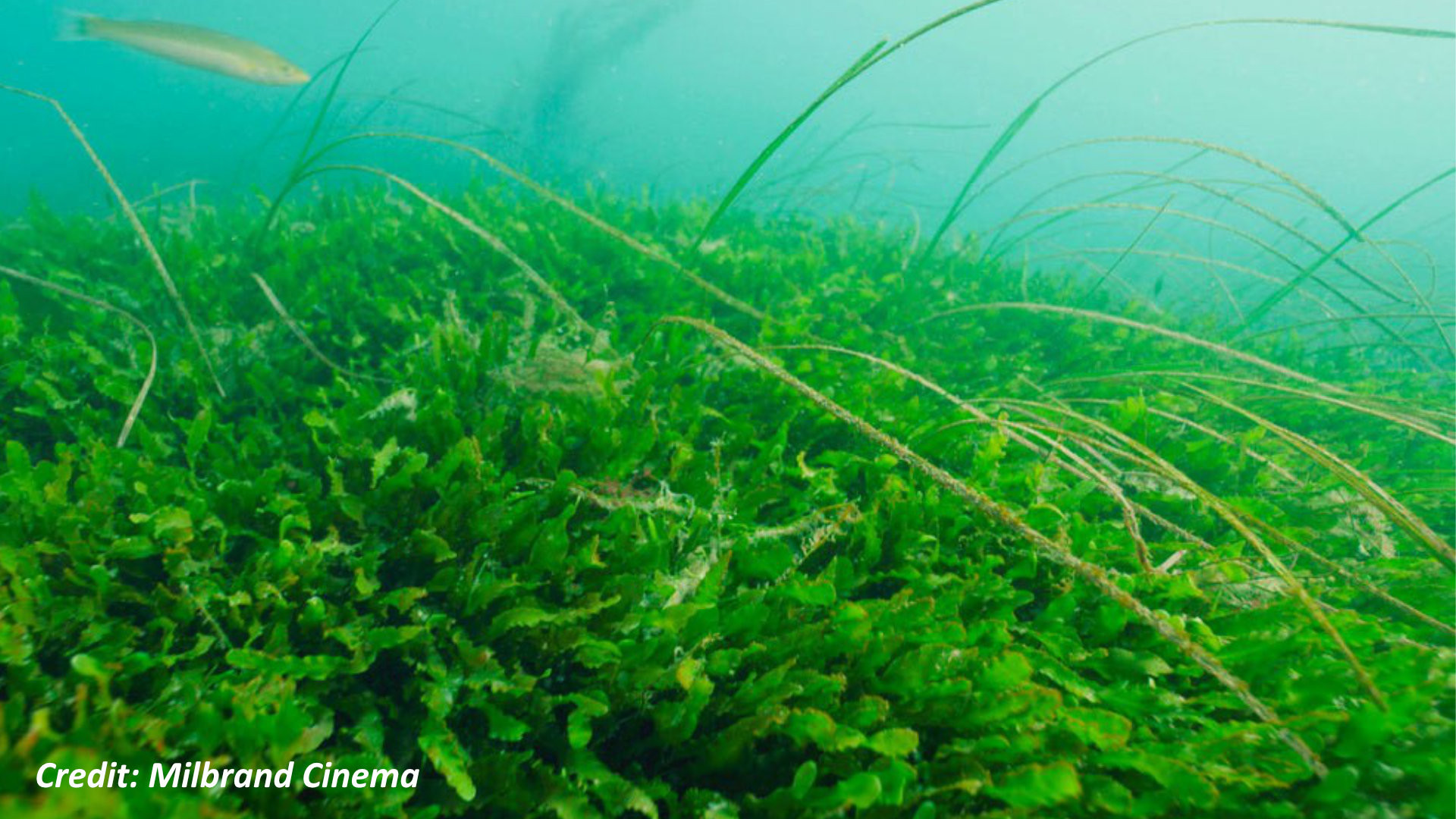The ABC of Algae: (almost) Anything But Caulerpa

When many hobbyists hear the word “algae” it fuels nightmares. We often envision aquariums full of wavy green hair algae, in various states of dying, overwhelming any attempt to physically eradicate it. Long ago, before filtration had reached the technical sophistication it enjoys today, hair algae drove more than a few of us away from the fold. Some people started adding algae they liked to outcompete the nuisance algae, and this worked! It turns out that algae can be very useful as a mechanism to export nutrients, grow food for your herbivores, as hiding places for beneficial critters and much of it is beautiful enough for it to have decorative uses as well. Today, much has changed and many of us are even dosing our tanks with micro algal blends like those from Nutramar both as food for filter feeders and as supplements for general tank health.
This rise of refugiums in the 1970s as filtration led to the introduction of a few different algal species that everyone learned to avoid, as well as some that ended up so beautiful, they deserved spots in our displays. (If the word “refugium” has you lost, take a look at our article from a few weeks back.) Today, we're going to spend a little time warning you about mistakes earlier pioneers in marine aquarium made. By the late 1980s, everyone, and not just in the marine aquarium hobby, learned hard lessons about the different kinds of Caulerpa; a macro alga that grows in a multitude of forms.
Feather Caulerpa is a macro alga with a fern-like appearance. It is beautiful and very easy to grow. As such, it became very popular in both private and public aquariums. The common name “Feather Caulerpa” actually represents at least five different species, Caulerpa ashmeadii, Caulerpa sertularoidides, Caulerpa mexicana and Caulerpa taxifolia. All of these species grow / spread quickly, though some faster than other. Caulerpa taxifola is especially prolific and can also grow at a very wide range of temperatures. It is on the IUCNs list of “100 worst invasive species.” Trade of it is illegal in California, where we had to eradicate it from waters around San Diego once already; it is also illegal in several other states and some countries. It can survive in moist conditions for more than 10 days out of water and cuttings less than a half an inch long can start new colonies. This makes trying to remove it manually nearly impossible in wild environments.

Bubble or Grape Caulerpa are also common names for an alga that represents more than one species: C. racemosa, and C. microphysa. Both of which are fast growing and beautiful algae that you should stay away from. Bubble Caulerpa gets its common name from its growth form, where, instead of having appendages that look like ferns, they look like cluster of grapes. They grow low and tight to rocks and substrate. While Bubble Caulerpa isn't quite as invasive as its feathered cousins, it still presents a substantial risk to any tropical waterway that it gets accidentally introduced to. It too can also be regenerated from miniscule cuttings. It is illegal to sell or buy in California, and regardless of this, should not find its way into your tanks or refugiums.
There are many more species of Caulerpa out there, most of them are only infrequently seen in North America. The most popular one is Cactus Tree (C. Serrulata), and you might find any of these others as they weave their way into aquarium stores: Palm Caulerpa (C. paspaloides), Tufted Caulerpa (C. verticiiata), Shy Mermaid Caulerpa (C. scapelliformis). Shy Mermaid is usually seen dried as a decorative element. When rehydrated, only one side absorbs water, causing it to curl (and the other side is shy).
Pretty much all the Caulerpa you'll find are ridiculously fast growers; rhizomes can grow up to an inch a day! The rhizoids that anchor this colony can penetrate corals and bivalves damaging and, in some cases, killing them off. Caulerpa will also yellow your aquarium water, at first imperceptibly, but over time, this effect will become more pronounced. All of the once popular aquarium species can reproduce asexually (meaning a small piece of it just has to stay lodged long enough to lock itself into place.) They can also reproduce sexually, and this is a huge reason you should avoid them. Ask hobbyist old enough to have had it in their aquarium, and they will sooner or later tell you about “The Great Caulerpa Meltdown.” After the algae reproduces, it basically melts. The die back is impossibly fast and in a matter of a day or two, your whole robust Caulerpa garden will turn to mush and release all their bound nutrients into your aquarium in one big splash. This has predictably horrific results on everything else in your aquarium.
As a result of all of this, at Quality Marine, we do not sell any variety of Caulerpa, and suggest that you do not keep them in your aquarium, regardless of their legality where you live. Obviously, if you have a Caulerpa species in your aquarium already, it should never be released into the wild. When you decide to remove it, which we suggest, make sure it is dried thoroughly before you place it in the garbage. At this point you may be asking, “what kinds of algae CAN I safely and responsibly put in my aquarium?” and there are many good answers to this, but they are part two of this article. Tune in next week!